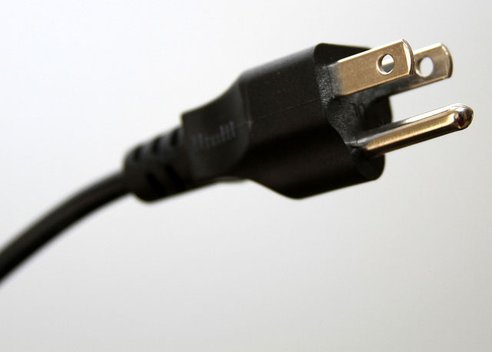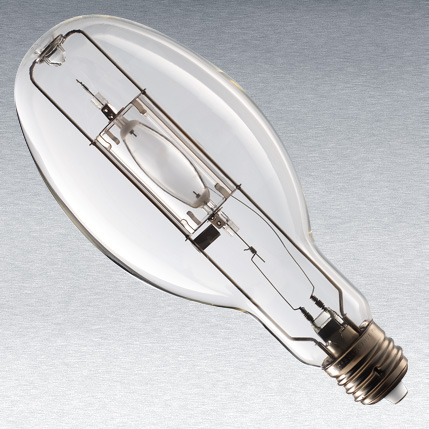Electrical hazards in the home.
Electricity is the most dangerous hazard within the home. Moving at record speeds, and odorless. When electricity strikes, it can only destroy property and objects in its path. So when it comes in contact with a person, it can potentially severely disfigure or disable them, if not kill them.
Check your home for electrical hazards:
- Frayed or worn electric cords.
- Multiple Appliance plugs on a single switch.
- Electrical appliances such as radios, hairdryers, shavers, portable lamps, or radiators used near showers, baths or swimming pools.
- Extension cords being used instead of permanent indoor/outdoor wiring.
- Wet floors are present where electricity is used.
- Electrical appliances that trip, blow fuses, overheat, or spark heavily.
Turn off electrical hazards permanently by avoiding the following:
- Frayed, worn, or damaged cords should not be repaired with tape. GET RID OF THEM.
- Always turn an appliance off before unplugging it.
- When unplugging an appliance, make sure to hold the plug and not the cord.
- Turn small appliances off when not in use.
- Make sure outdoor appliances don’t come into contact with pools or puddles of water. All material used needs to be rated for outdoor use.
- When using electricity in wet areas, always wear rubber sole shoes and remove jewelry.
- Never touch appliances or switches with wet hands.
- Never fold or crumple an electric blanket.
- Call a licensed electrician for any repairs needed.
- Send faulty appliances to be repaired or throw them out. Don’t attempt to repair them yourself unless you are qualified.
- Use plug-in covers to prevent children from poking objects into outlets.
- Make sure to unplug electrical appliances after using them.
- Make sure to place electrical appliances where children are unable to reach them.
Eliminate Threats to Prevent Electrical Injuries
Each year approximately 1,000 residents in the United States die as result of electric shock. An additional 5,000 individuals seek emergency treatment for electric shocks. Approximately 20% of all electrical injuries occur in children. With the highest incidence occurring in toddlers and adolescents.
Outlets
Avoid overloading with too many appliances. Wall plates that are broken, they must be replaced as soon as possible. If children are present, make sure to have safety covers on all unused outlets that are accessible to them.

Plugs
Check for loose-fitting plugs that can overheat and lead to fire. You should never remove the ground pin in order to make a three-prong plug to fit a two-conductor outlet.
It could lead to electrical shock. All plugs should fit securely into an outlet. Plugs should never be forced into an outlet if it doesn’t fit.

Cords
Make sure that cords are in good condition. Then check to see that they are not frayed or cracked. They should never be nailed or stapled to the wall, baseboard, or to any other object. Also furniture should not rest on the cord. Cords should not be placed in high-traffic areas of the house. Extension cords are to be used only temporarily; they are in no way to be considered as permanent household wiring. Both cords and extension cords should not be overloaded.
Light Bulbs
Check the wattage of all bulbs in lighting fixtures to make sure that they are the correct wattage for the size of the fixture. Bulbs that have a higher wattage than necessary should be replaced. If you aren’t sure of the correct wattage, check with the manufacturer. When inspecting light bulbs, make sure that they are screwed in securely – as loose bulbs may overheat.

Appliances
If one appliance repeatedly blows a fuse, trips a circuit breaker, or if it has given you a shock, unplug it. Then have it repaired or replaced. In addition, appliances should not be used near water.
Computer / Entertainment Equipment
Check to see that the equipment is in good condition and working properly. Check for cracks or damage in the wiring, plugs, and connectors.
It is important to realize that electrical injuries don’t always occur from visible sources. Unsafe wiring in the walls of the home can also lead to electrical shocks or fire. When having additions or renovations done, or having upgrades done to your house that involve electrical work, it is extremely important to have a qualified licensed electrician to do the work. The electrician should obtain a working permit. This ensures a qualified inspector checks the electrical work, making sure all work meets NEC codes.
For more information on Arch Fault breakers please click here, or visit Siemens webpage.
